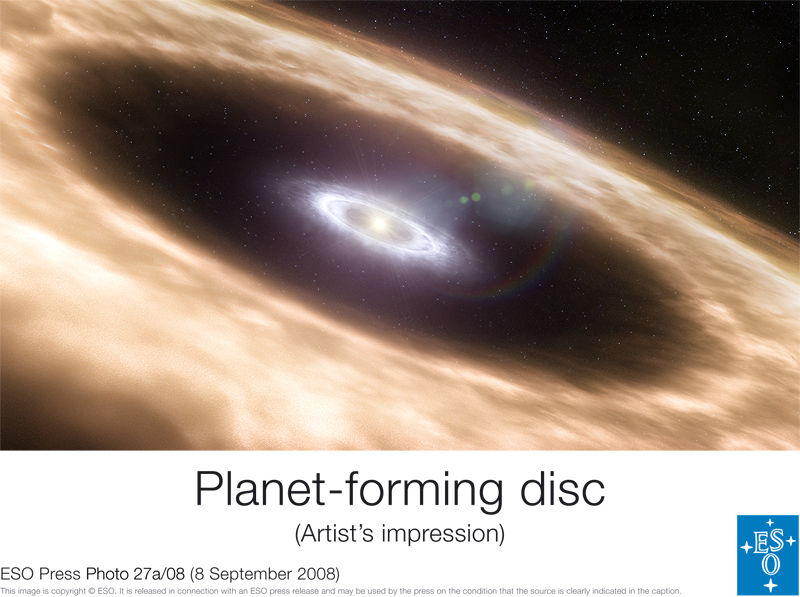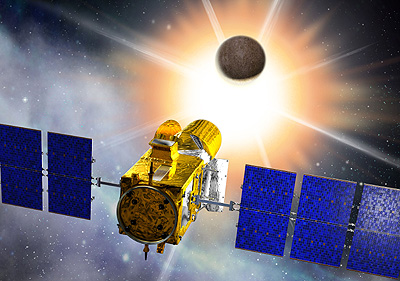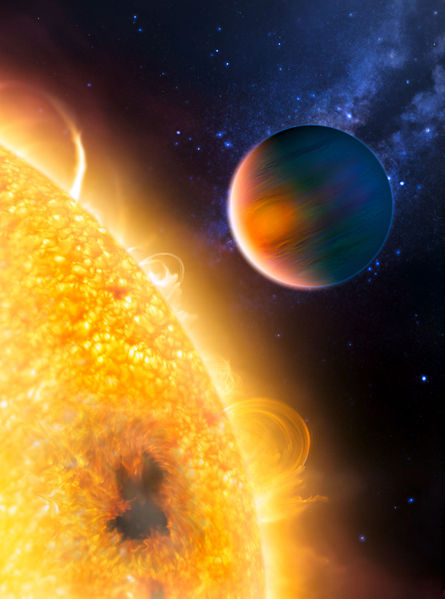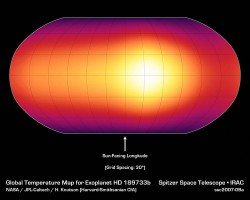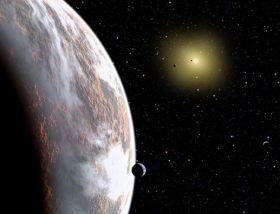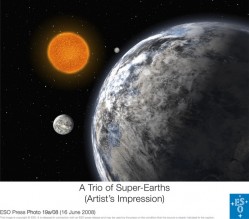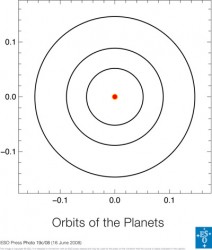[/caption]
You gotta love this about science; someone is always checking your work. Early this year a new exoplanet discovery was announced: TW Hydrae b, a huge planet about ten times as massive as Jupiter. Astronomers thought the planet was in a super-tight orbit around its host star (TW Hydrae), circling in only 3.56 days at a distance of about 6 million kilometers, which is about 4 percent of the distance from the Sun to the Earth. However, another group of astronomers decided to analyze some new optical and infrared data to confirm the radial velocity signal of the planet. Something didn’t seem right, so they ran a few more tests and computer models and determined what they were seeing wasn’t a planet. It was a big sunspot. “Our model shows that a cold spot covering 7% of the stellar surface and located at a latitude of 54 deg can reproduce the reported RV variations,” the astronomers reported in their paper. The rest of the astronomical world must agree with the new determination, as TW Hydrae b has now been dropped from the Planet Quest New Worlds Atlas (a fun site to peruse.) But nature doesn’t like a void, — and astronomers have been working hard in the planet-search department, — so, three new extra solar planets have been discovered and added to the atlas, for a current planet count of 309.
GJ 832 b is about half the size mass of Jupiter and orbits 3.4 AU from its tiny host star. The star is a yellow, sun-like G star, about 16 light years from Earth. It was found with the Anglo-Australian Telescope. Astronomers say it has the largest angular distance from its star among radial velocity detected exoplanets, which makes it a potentially interesting target for future direct detection.
HD 205739 b was also just announced:. This exoplanet is 1.37 times the size mass of Jupiter, and orbits about .9 AU from its star, a blue to white star, which is 1.22x the size of the sun, and 294 light years from Earth. It has an eccentric orbit, and astronomers believe there may be an additional planet in this system, because of how the planet orbits.
Another planet found by the same astronomical team is HD 154672 b. This is a biggie, at about five times the size mass of Jupiter, but only about .6 AU distant from its star, which is just about sun-size, and about 213 light years from Earth. The planet has an orbital period of 163.9 days.
These last two planets were found using the N2K Doppler planet search program with the Magellan telescopes.
Sources: arXiv (here, here and here) and Twitter, PlanetQuest


